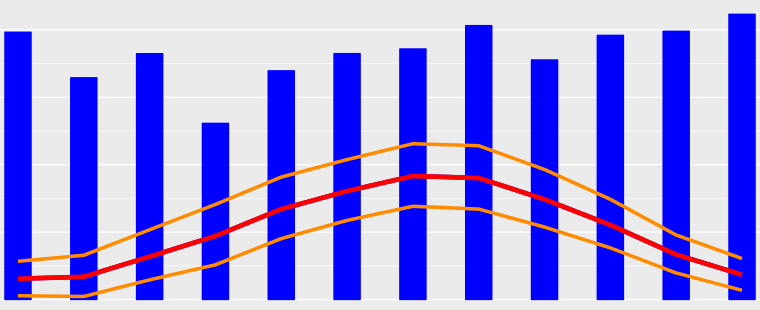inspire
Type of resources
Available actions
Topics
INSPIRE themes
Keywords
Contact for the resource
Provided by
Formats
Representation types
status
-
The climatological network contains about 200 stations spread over the whole country. It consists of voluntary observers recruited by the RMI, professional observers of Skeyes (civil aviation) or the Air Force (military aviation) and civil servants of the state, communities or private companies. The observers measure the amount of rain fallen in the last 24 hours in the pluviometer of the RMI every morning at 8 o‘clock. In more than half of the stations the extreme air temperatures are also recorded by reading the maximum and minimum temperature in a standardized weather shelter. The observers send their observations either on a daily or on a monthly basis to RMI. This product is not publicly available yet.
-

The data consists in tables of estimated extreme precipitation quantities for precipitation durations ranging from 10 minutes to 30 days and return periods ranging from 2 to 200 years for each Belgian municipality.
-

A climate normal is an average over a 30-years period. The period 1981-2010 is the current reference period recommended by the World Meteorological Organization (WMO). Recent climate normals are available for any locations in Belgium and several parameters including air temperature, precipitations and solar radiation. Climate normals for the reference period 1981-2010 are available for air temperature, precipitation and derived parameters (e.g., annual number of summer days, annual number of precipitation days, etc.). For solar radiation, the reference period had to be adjusted to 1984-2013 because of data availability. These climate normals are available as maps and as table for each Belgian municipality.
 geo.be Metadata Catalog
geo.be Metadata Catalog